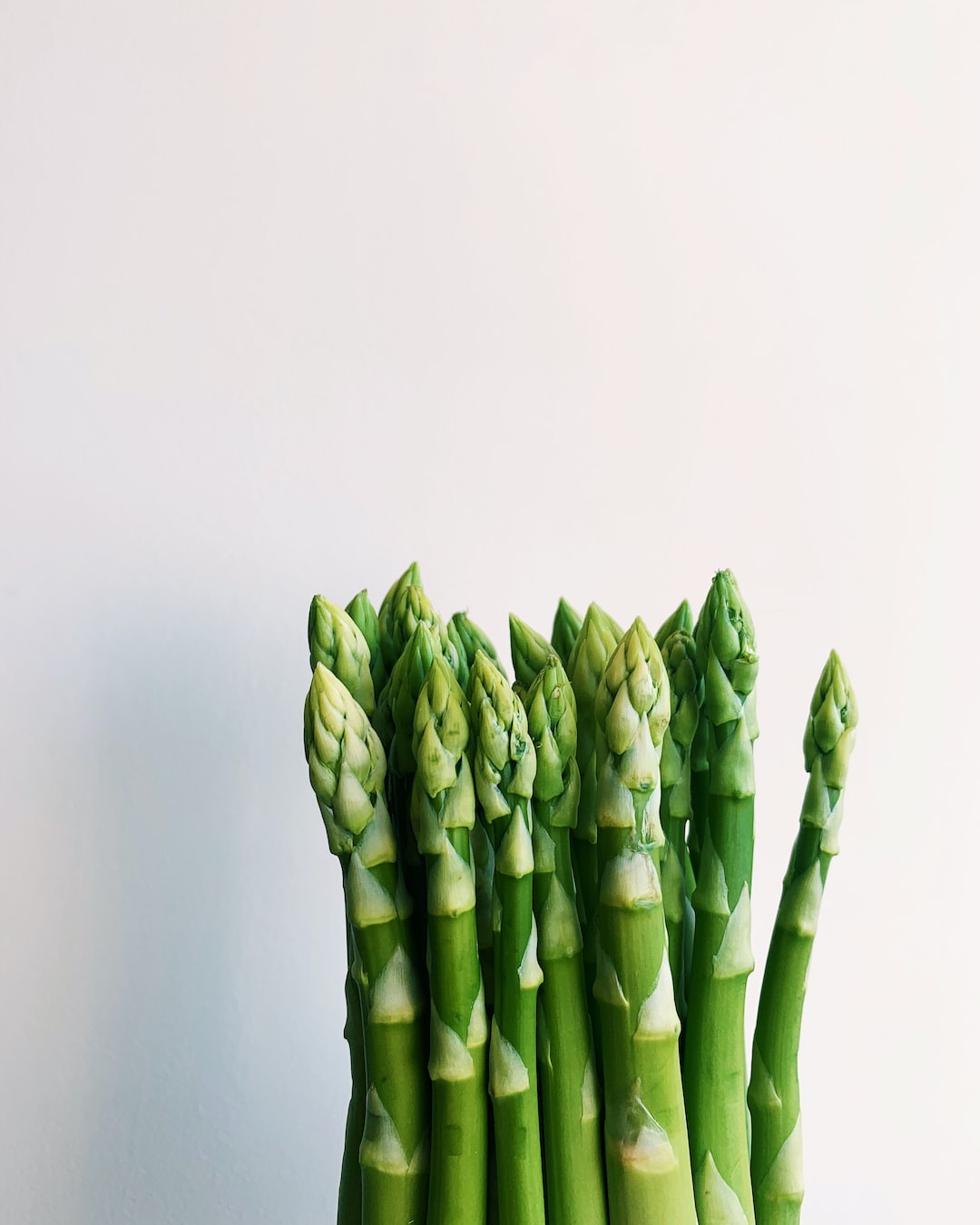Cooking with a cast-iron skillet has always been a favorite of home cooks and professional chefs. It’s a versatile tool that can handle high heat, evenly distribute it, and retain it for longer periods. It can also cook everything from meats to vegetables, and even bake bread and desserts. But not everyone knows how to use it properly, and some may even find it intimidating. Here are some tips and tricks for cooking with a cast-iron skillet.
1. Preheat the skillet: A cast-iron skillet needs to be pre-heated before cooking. Place the skillet on a burner at medium-high heat for 5-10 minutes. A pre-heated skillet will cook your food more evenly and help prevent sticking.
2. Season the skillet: Seasoning is the process of adding a protective coating to your skillet that will help prevent rusting and make it non-stick. Some cast-iron skillets come pre-seasoned, while others require seasoning before use. To season a new skillet or re-season an old one, rub a light coating of oil (preferably vegetable oil or flaxseed oil) all over the surface of the skillet and heat it in the oven at 350°F for an hour. Turn off the oven and let the skillet cool inside.
3. Use the right oil: Using the right oil when cooking with a cast-iron skillet is critical. Avoid oils with a low smoke point, such as olive oil, which can leave a sticky residue on your skillet and burn. Instead, use oils with a high smoke point, such as canola, vegetable or corn oil.
4. Don’t overcrowd the skillet: Overcrowding your skillet will lower the temperature and result in uneven cooking. Ensure there’s enough space between your food and avoid stacking. Leave some space and cook in batches if necessary.
5. Use the correct utensils: Cast-iron skillets can be damaged if the wrong utensils are used. Avoid using metal utensils, which can scratch the non-stick surface. Instead, use wooden, silicone, or nylon utensils to avoid damage.
6. Don’t soak your skillet: Soaking your cast-iron skillet in water will cause it to rust, and it may even damage the seasoning. Instead, clean the skillet with hot water and a soft sponge or brush. Dry the skillet with a towel and heat it on the stove to dry completely.
7. Store your skillet properly: Store your cast-iron skillet in a dry place. Never stack other pots or pans on top of it, as this can scratch the surface. Before putting it back in the cabinet, wipe it with a light coating of oil to prevent rusting.
In conclusion, cooking with a cast-iron skillet can seem daunting at first, but with these tips and tricks, you’ll be cooking like a pro in no time. Remember to preheat your skillet, season it properly, use the right oil, avoid overcrowding and the wrong utensils, don’t soak it, and store it correctly. Take care of your cast-iron skillet, and it will reward you with delicious, evenly cooked meals every time.

